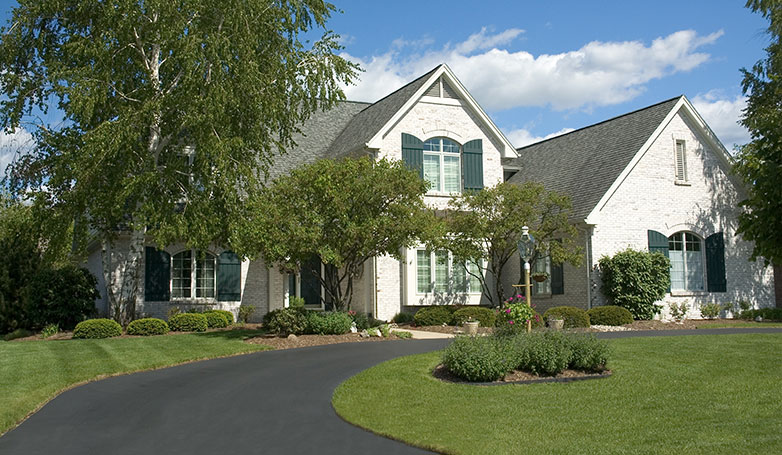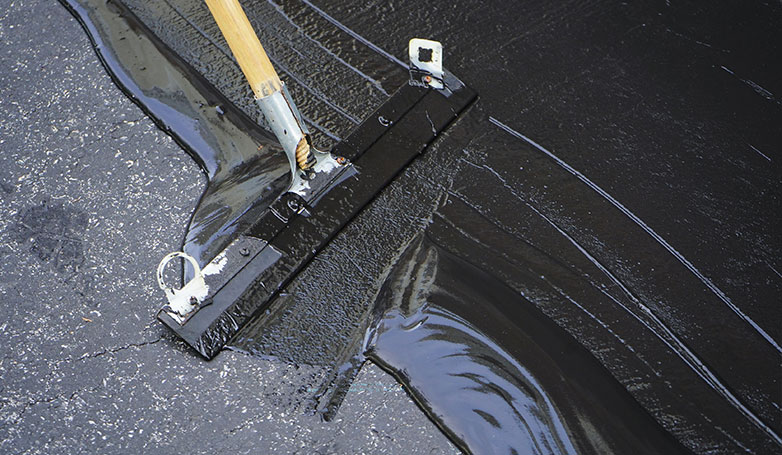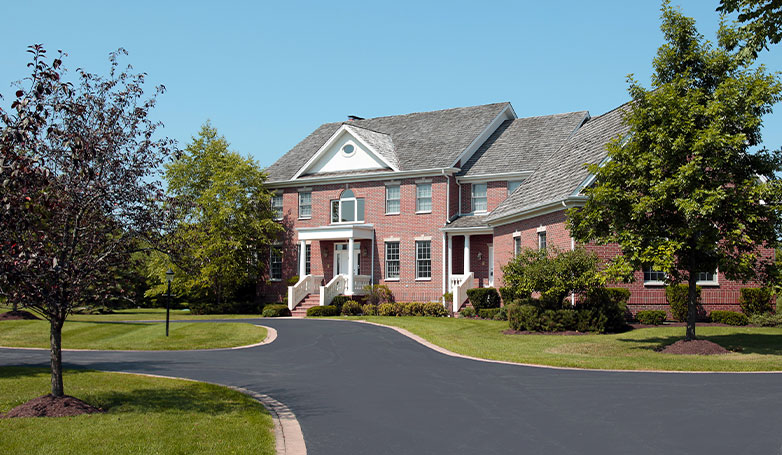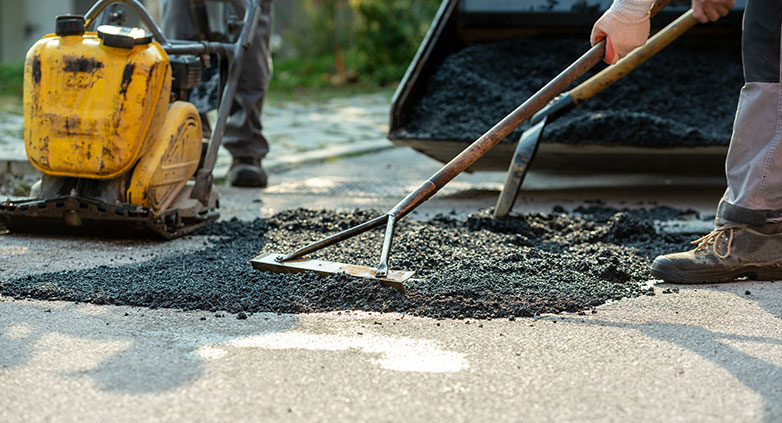How Long Does Asphalt Take To Dry?
Searching the internet to find out how long asphalt takes to dry, will leave you more confused than when you began searching. Lucky for you, that’s why you came to the right website; Paving Finder has the most concise and proper answers for you.
So, How Long Does Asphalt Take To Dry?
Typically, residential asphalt applications dry within 2-3 days after being applied. 72 hours is enough time to allow the surface to dry. However, depending on your specific location, extreme temperatures and other factors that this article will cover, the asphalt may take closer to 9-12 days to dry before you can use it.
Factors that affect how long asphalt takes to dry
Since you are wondering how long Asphalt takes to dry, knowing some other factors that may affect asphalt drying, will be very beneficial to the success and longevity of your paved surface.
Once the asphalt is paved, there are two phases the asphalt goes through before it is finally its finished product and can be sealed and protected; it has to DRY and then the asphalt must CURE BEFORE you can seal It.,
The factors that determine how long it takes asphalt to dry are:
- Temperature
- Humidity
- Dew point
- Wind
- Sunlight\UV
- Lack of Rain
The general rule of thumb in paving asphalt surfaces is to find out when it’s the best time of year to pave your driveway and do it then. Typically, for most regions, that time is during the spring or early summer season.
Whoever you do hire to do the job, will most definitely be checking the weather, to ensure they have the most IDEAL conditions. This will help speed up both of the processes; drying and curing.

Such elements that affect how long asphalt takes to dry, include:
- Dry Weather Conditions
- Low Humidity\Dew point
- Dry Heat, such as the Midwest USA, etc
- Windy conditions will help speed up the drying and curing. Imagine a blow dryer on hair. It’s the same concept.
- Lots of sunlight -clear, sunny day’s will definitely speed up the both processes
What is the difference between asphalt drying and curing?
When waiting for asphalt to DRY, you are allowing the asphalt to cool and loose its malleability.
Asphalt is very hot when a surface is being paved, so allowing it to cool and start hardening is what the DRY time is critical for. If you drive or walk on an asphalt surface before it has the proper time to dry, you WILL leave indentations and\or marred spots in the asphalt, guaranteed.
Using an Asphalt surface before it dries properly can create costly expenses down the road.
Hiring a pro, a company that is reputable to do your driveway or parking lot and having them tell you the proper amount of times to wait before using your newly paved space, will be priceless in the long-run for you. If you use the surface before it has dried completely, the indentations that were mentioned cause insurmountable damages. When it rains, or your lawn irrigation soaks the driveway and puddles form, that water will weaken the asphalt surface.
When you allow the asphalt time to properly dry, you can prevent this.
Now that the asphalt is almost done drying and you know specifically how long that is likely to take, the curing process is silently beginning without you even knowing it. To simplest explanation is you are allowing time for the oil to evaporate from the asphalt. When air (oxygen) comes in contact with the asphalt surface and reacts (the oil evaporating from the asphalt) this is called OXIDATION.

You will notice when your driveway or parking lot is paved, it is a shiny and dark black. As the product (asphalt) cures, it will begin to slowly lose its, dark, mysterious luster and turn a lighter grey color. This is the curing process and it is NOT A BAD THING. Don’t worry- this is the surface curing. Once fully cured, it will be a much lighter grey than when it was paved. THEN, you may sealcoat or paint the surface.
Why does asphalt need to dry and cure?
Knowing how long it takes asphalt to dry and cure, may be more important than knowing WHY, but here are the reasons WHY you need to let the surface dry and cure.
- If it isn’t dry and you drive or walk on the surface you will leave indentations, marks, ruts, footprints, etc. Even once the surface has dried, in the early days of it being used, it’s important NOT to park extremely heavy equipment or vehicles in one spot for long, due to the same reasons mentioned above.
- If it’s not dry, it won’t cure. If neither happens, your driveway or parking lot will surely be in ruins in no-time.
- You want the surface to cure so that you can seal the surface to extend the life of the asphalt and PROTECT YOUR INVESTMENT.
Commonly asked questions regarding asphalt drying and curing:
- How long before you can walk on asphalt after paving?
Generally, you should be able to walk on the asphalt after it has set for 24 hours. However this depends on where you live and may take longer-ask your local paving pro.
- How long before you can drive on asphalt after paving?
It’s strongly urged that you allow 48 hours for the Asphalt to dry before you drive on it. Again, these times may be less or more-depending on location.

- How long should asphalt cure before painting?
Allow the surface to cure for 30 Days BEFORE painting.
Final Thoughts
Now that we answered the question: “How Long Does Asphalt Take To Dry?” you can take steps to ensure you get the best results for your asphalt surface.
The Better Business Bureau and Paving Finder encourage you to spend the time and resources to hire a reputable contractor. Once they’re done paving your driveway or parking lot, have them inform you of specific dry and cure times for your location, as well as any necessary steps you need to take to maintain your investment. It is very important and will save you a lot of money and headaches down-the-road.


